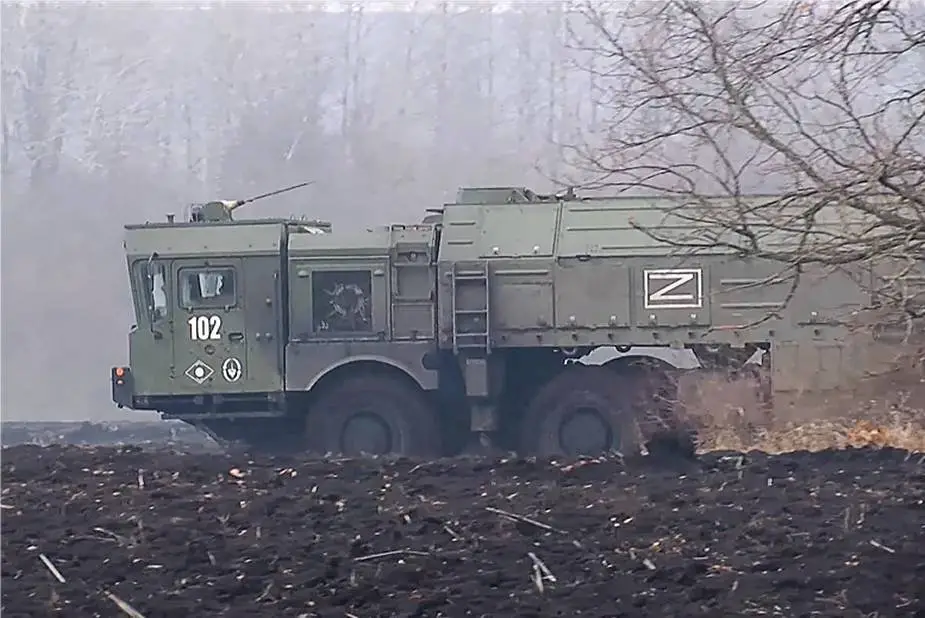Breaking news
Russian Baltic Fleet trains with Iskander M in Kaliningrad.
According to information published by Tass on October 5, 2022, the missile formation of the Baltic fleet armed with Iskander-M operational-tactical launchers began an exercise in the Kaliningrad region.
Follow Navy Recognition on Google News at this link
 Iskander-M mobile tactical missile launcher vehicle. (Picture source: Russian MoD)
Iskander-M mobile tactical missile launcher vehicle. (Picture source: Russian MoD)
The exercise engaged over a hundred men and 20 hardware units.
The 9K720 Iskander is a mobile short-range ballistic missile system produced and deployed by the Russian military. The missile systems (Искандер-М) are to replace the obsolete OTR-21 Tochka systems, still in use by the Russian armed forces, by 2020.
The Iskander has several different conventional warheads, including a cluster munitions warhead, a fuel–air explosive enhanced-blast warhead, a high-explosive fragmentation warhead, an earth penetrator for bunker busting and an electromagnetic pulse device for anti-radar missions. The missile can also carry nuclear warheads.
The Iskander ballistic missile is superior to its predecessor, the Oka. The Iskander-M system is equipped with two solid-propellant single-stage guided missiles, model 9M723K1.
Each one is controlled throughout the entire flight path and fitted with an inseparable warhead. Each missile in the launch carrier vehicle can be independently targeted in a matter of seconds. The mobility of the Iskander launch platform makes a launch difficult to prevent.
Targets can be located not only by satellite and aircraft but also by a conventional intelligence center, by an artillery observer, or from aerial photos scanned into a computer.
The missiles can be re-targeted during flight in the case of engaging mobile targets. Another unique feature of Iskander-M is the optically guided warhead, which can also be controlled by encrypted radio transmission, including such as those from AWACS or UAV.
The electro-optical guidance system provides a self-homing capability. The missile's on-board computer receives images of the target, then locks onto the target with its sight and descends towards it at supersonic speed.
The Russian Iskander-M travels at a hypersonic speed of 2100–2600 m/s (Mach 6–7) and an altitude of 50 km. The Iskander-M weighs 4,615 kg, carries a warhead of 710–800 kg, has a range of 500 km and achieves a circular error probable (CEP) of 5–7 meters (when coupled with optical homing head; 30–70 m in autonomous application).




























